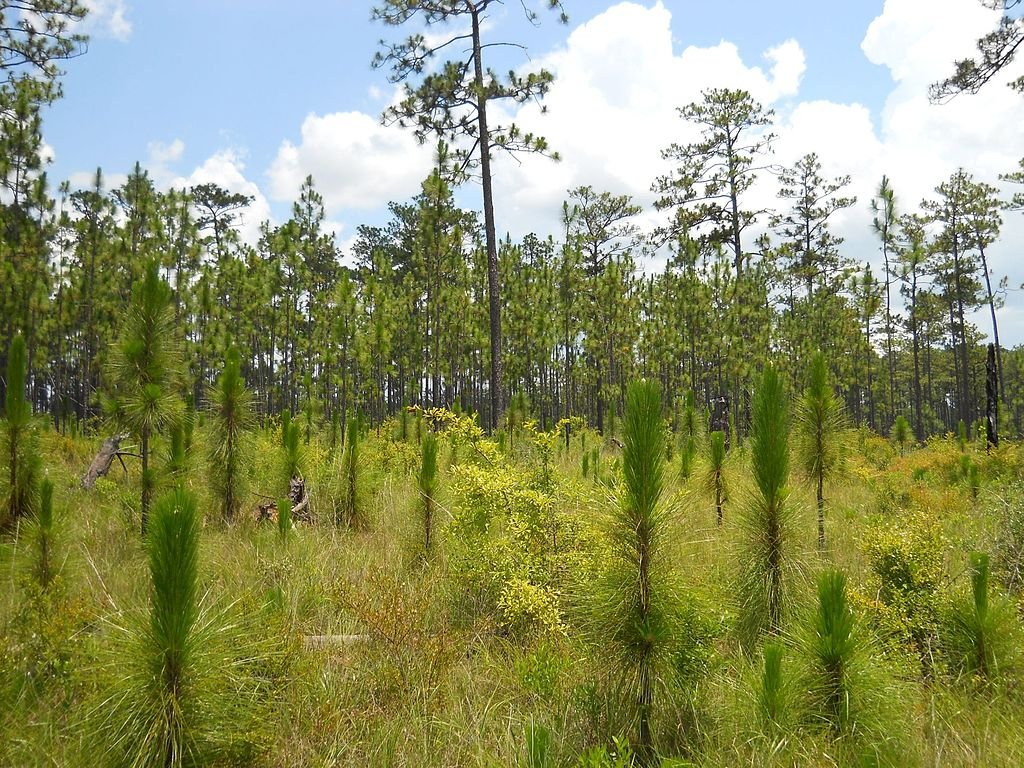
The Decline of the Longleaf Pine
Spanning across 90 million acres, longleaf pine trees used to be one of the most abundant pine species in North America prior to colonial times. Due to their value in regards to turpentine and timber, forests were cut down, and now only about 4 million acres of longleaf pine trees remain.


Tracking Carbon Dioxide Emissions and Carbon Sequestration of Longleaf Pine
The longleaf pine plays a large role in storing carbon emissions. According to a study conducted by a research team led by Lisa Samuelson, the director of the Center for Longleaf Pine Ecosystems and a professor at Auburn University, as much as 39% of overall ecosystem carbon can be stored in the trunks and branches of longleaf pine.

The Importance of the Longleaf Pine Savanna
The longleaf pine (Pinus Palustris) is the foundational species of the longleaf pine savanna. Longleaf pine savannas are home to a tremendous diversity of mammal, amphibian, reptile, bird, and plant species. This extraordinary ecosystem was foundational to the building of American biodiversity, America’s Navy, and America’s economy. Due to overexploitation, this diverse, rich ecosystem is fading and on the brink of collapse, but several state- and nation-wide initiatives are resurrecting this phoenix forest one acre at a time.